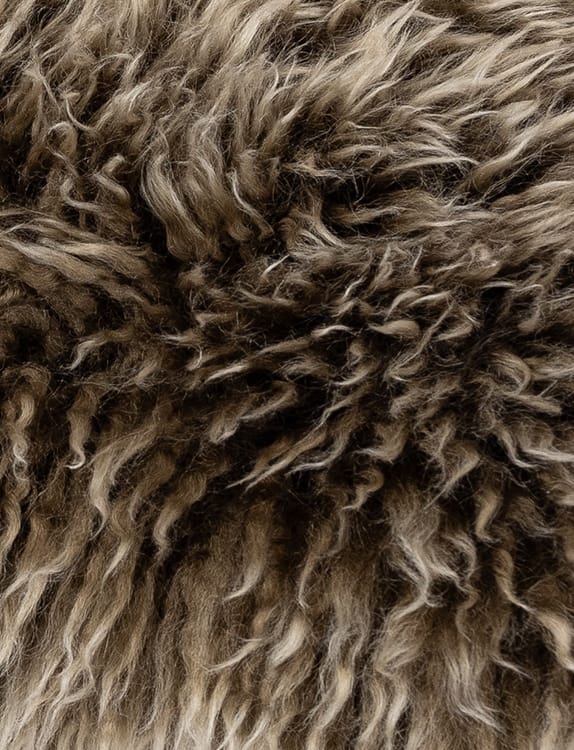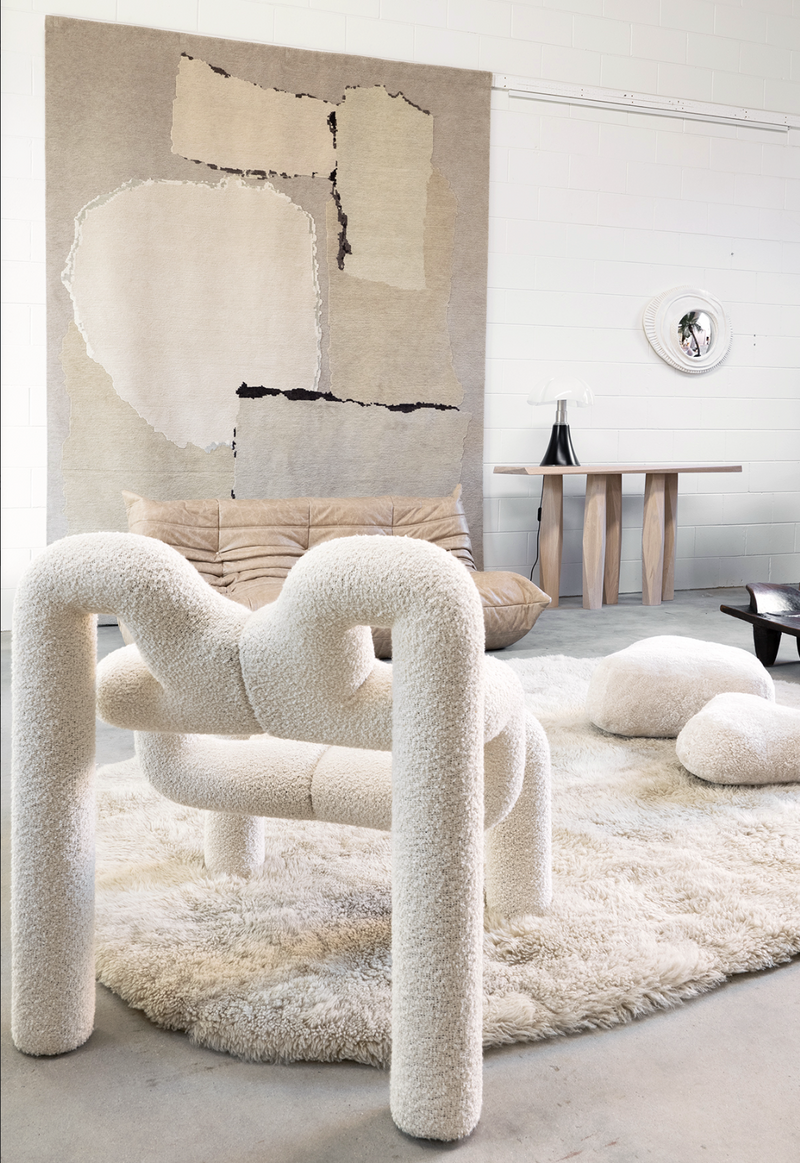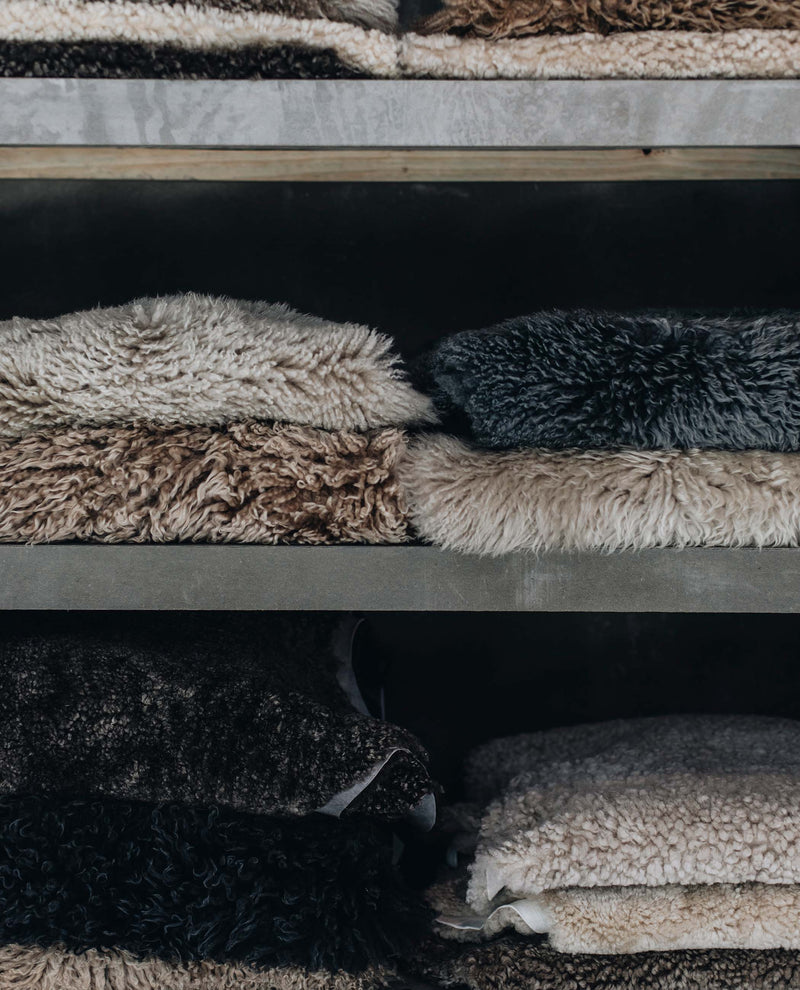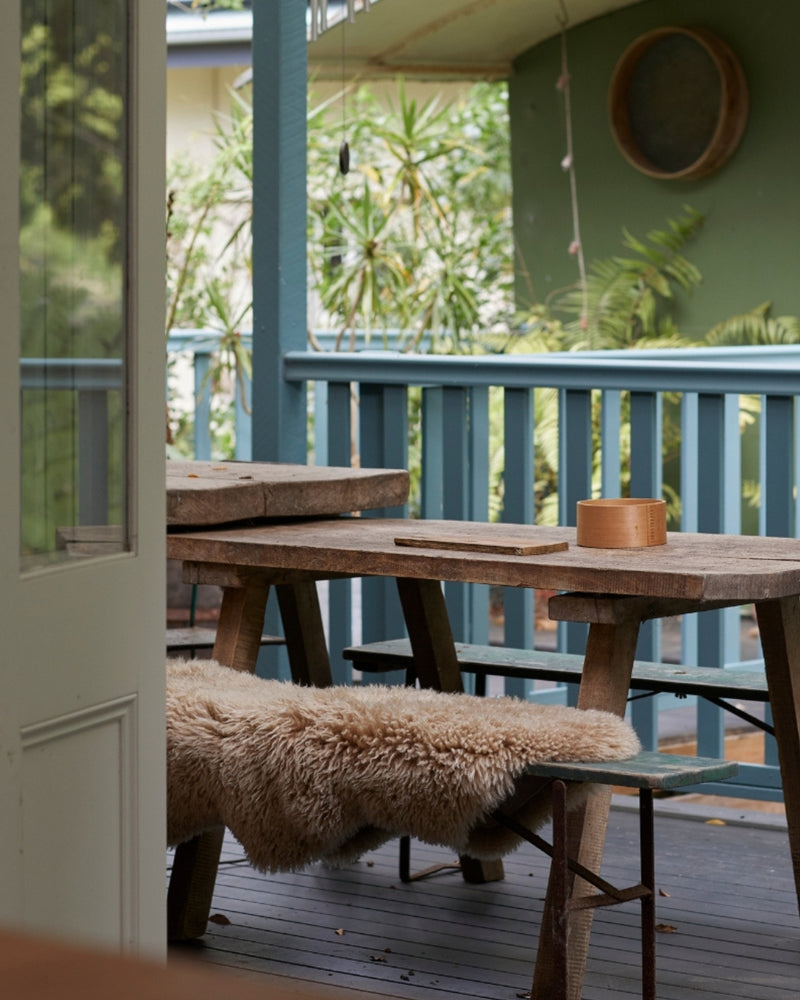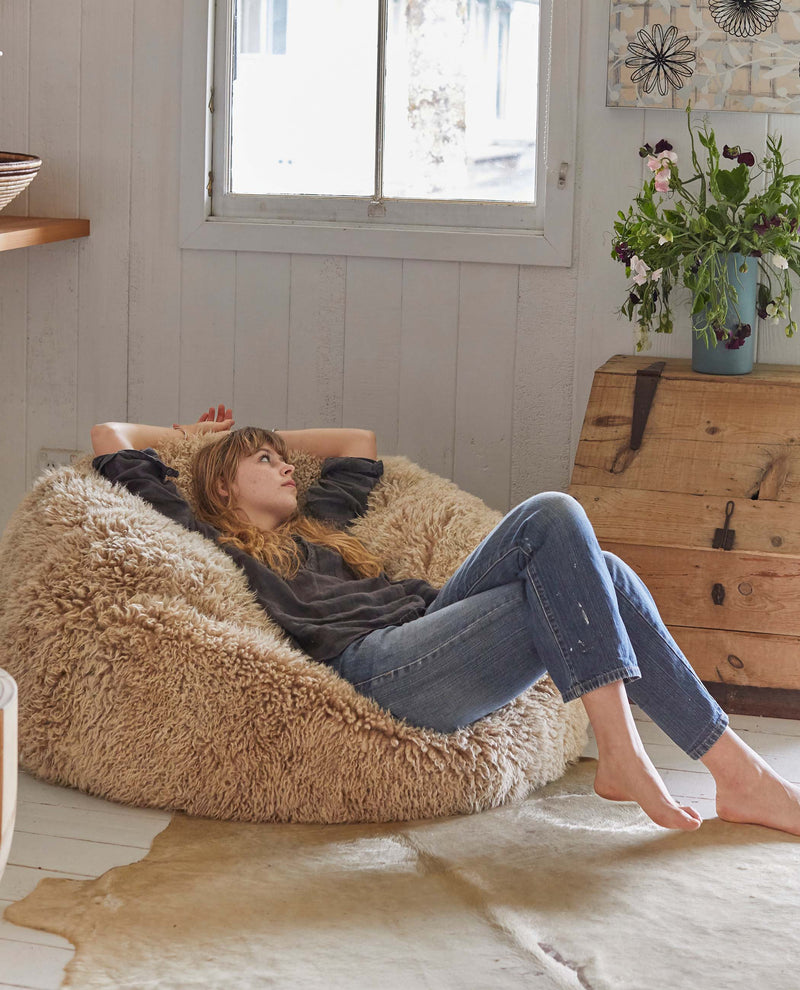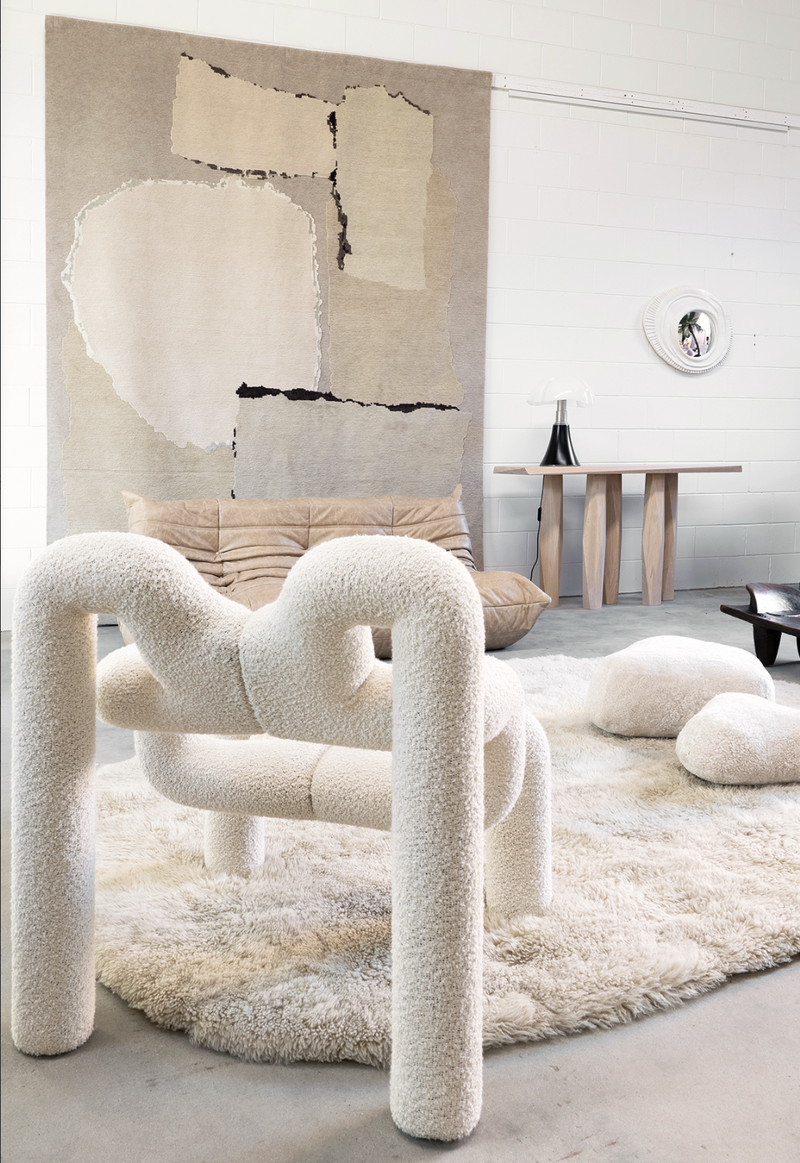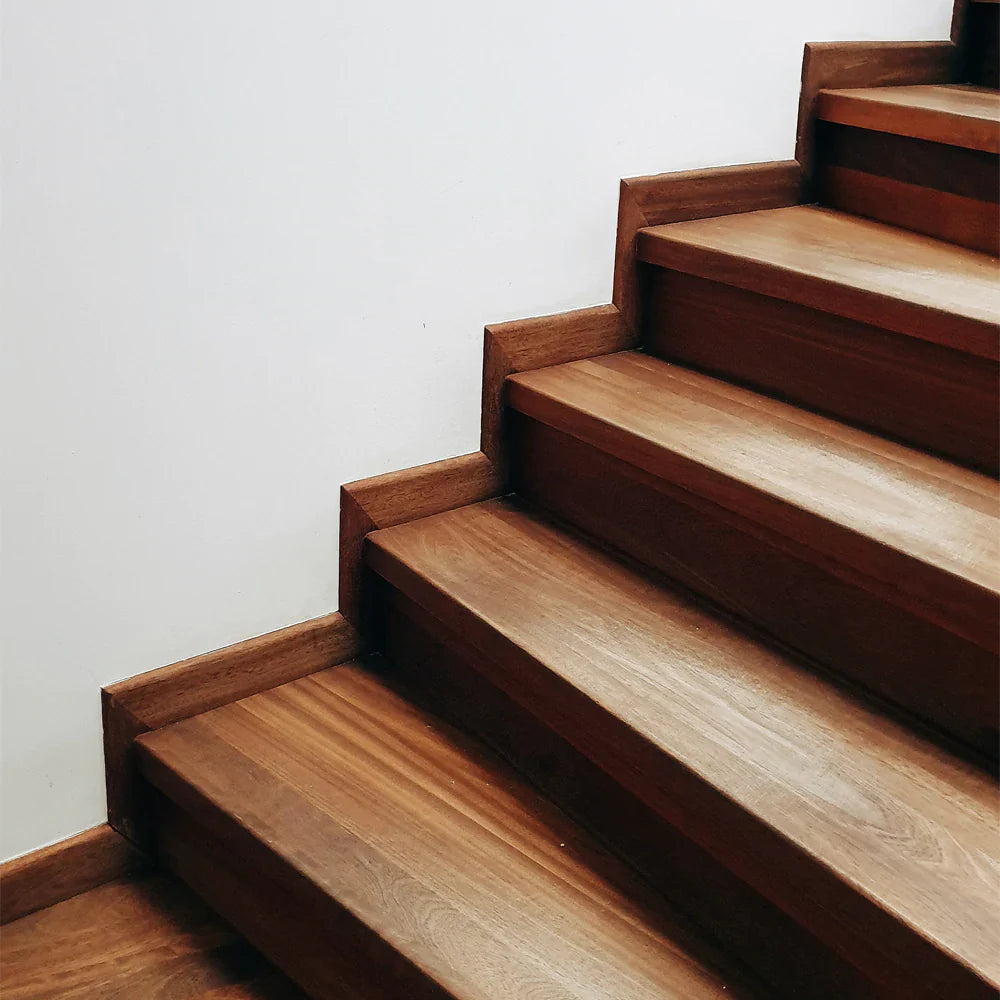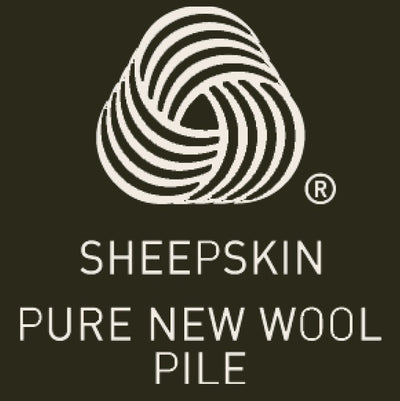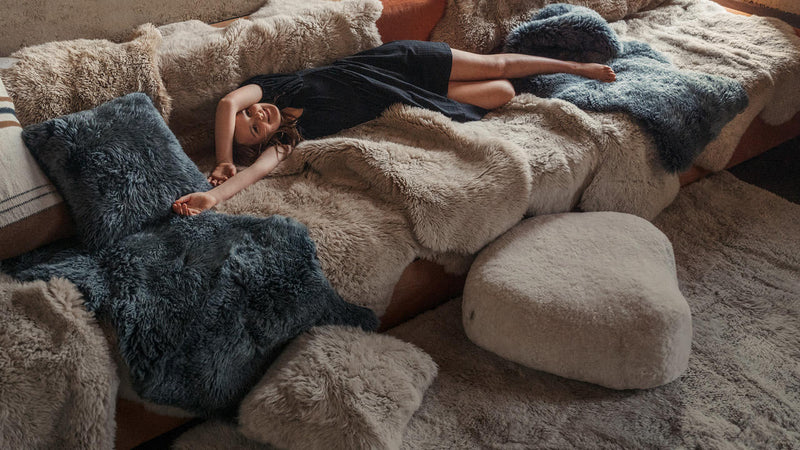With so many different couch cushion options out there, it can be tricky to find the right ones.
Whether you're looking for a new couch or just want to upgrade your current cushions, we've put together this guide on finding and maintaining couch cushions .

What is the best cushion for a sofa?
A couch cushion's purpose is to provide comfort and support. When you sit down on a couch, the cushions should give slightly to allow some air flow and a provide a comfortable seating experience. The level of comfort a couch cushion provides is really down to personal preference. Some people like a pillowy softness to sink into that envelopes them and others prefer a firmer approach to help posture, and offer a more upright sitting position.
- The most popular filling is foam. It's economical and will typically provide a firmer seating experience and longer life depending on how dense it is and the type of foam used. It has a good spring to it, and looks neat and tidy. There are several types and firmness available and some are more eco-friendly than others.
- Feather-filled cushions are a perfect option for a softer, more plush cushion, but ought to be used with a foam (or other) inner to provide the required structure and support. Feather will offer a pillowy bounce and a high level of comfort.
- Polyester and cotton filled cushions are a good cost-effective solution and can wrap around a foam core. Cotton is ideal for pouf style furniture and foot rests as it doesn't compress and holds its shape when packed in tight.
- If a couch has springs (not all of them do), then a needled wool batting is a durable, long lasting material to layer over the springs underneath the upholstery. Then the cushions will sit on top of that.
Don't forget your decorative cushions. Layer the couch with sheepskin pillows and luxurious throw blankets to invite people in and create a stylish, cosy sofa and sitting area.
Which density of foam is better for a sofa?
Couch cushion type is an important part of the decision making process when purchasing. Foam denseness and type will determine how soft or firm a couch is and surprisingly, how long a couch cushion will last.
The best couch cushions are made of high quality and high resilient foam that is not too dense, but also provides the necessary support for your back and thighs. You want a good quality foam to avoid sag and permanent impressions in the sofa. There are also some fabulous eco and sustainable options available, so do your research well when perusing furniture shops for a sofa or replacement cushions.
Foam density can be determined by feel, or through the standard mass calculation: divide the weight by its total volumetric units (width x height x length). A score is then given depending on the result of that calculation. For example, if a cubic foot foam block weighs one pound, its dense score will be 1. The recommended industry standard for couch cushions is a foam density of no less than 1.8 and closer to 2, or higher.
What type of foam is used for couch cushions?
A highly resilient and dense foam is best for couch cushions. Without getting too technical, there are several options for foam and the higher resilience or firmness, the longer your cushions will last. When a very firm foam with a high density rating is used, a polyester or feather wrap can be incorporated around the foam inner to offer a more plush sitting experience.
Latex foam is a natural and durable material that's resistant to dust and allergens, is long-lasting and provides a nice comfort level.
PU foams are cheaper and obviously not the most sustainable or environmentally friendly option, but are still widely used.
It's not just about the cushions and fill for a good quality seating experience though. Consider the overall build of the couch as well. An everyday living area that has people sitting on couches regularly will need to stand up to the rigors of a busy household, while obviously providing a comfortable place to sit and relax. It's surprising how many hours we spend sitting!
Is memory foam good for sofa cushions?
Memory foam is a good option for a topper layer in couch cushions because it's long lasting and provides a nice level of support. However, a solid memory foam squab is not suitable for couch cushions, as it's too floppy and doesn't have enough bounce or spring for a truly comfortable sofa.
If used as a top layer over a different type of fill, it will conform nicely when sat upon and the additional filling will help it spring back into shape more easily. (It's excellent for mattresses where more surface area is being used).
How often should you wash couch cushion covers?
This depends on how often your seat cushions are sat upon and used. It's a good idea to wash couch cushion covers once or twice per year depending on how high use they are. If you're using additional covers like a sheepskin throw blanket or similar, then really once per year is adequate.
For the occasional spill and if the cushion covers are visibly showing dirt, then you can spot clean with a damp cloth, or it might be time for a more thorough clean. Use warm water and a mild dish soap to wash by hand, or in the machine on a gentle cycle (depending on the cushion cover fabric).
Always, read your specific care instructions carefully before simply tossing them straight into the washing machine. Be sure the covers are completely dry before replacing them on the couch.
Can I replace the foam in my couch cushions?
Yes, definitely! In fact, replacement cushions and a new foam inner is an excellent way to revive your sofa and give it a new lease of life.
Overtime couch cushions will become less comfortable, lumpy, show sag , impression patches will appear, and it will look like it's time for a replacement couch. However, new foam fill in your seat cushions will offer a new level of comfort, provide more cushion, so to speak, and bounce back into shape after sitting. It will look and feel like a new couch without the expense.
We recommend checking in with your furniture shop and upholstery teams before ordering replacement cushions. There are several options for cushion fill and many types of foam to choose from. So be sure to do your homework.
How often should you replace sofa cushions?
This depends on how much daily use your sofa gets - if you notice that there is excessive sinking in the cushion when someone sits down, this is a good indication that replacement cushions might be on the cards.
Some back and seat cushions will need a replacement fill as soon as every three years or so, although most of us a fairly neglectful when it comes to couch cushions. If you've chosen a high quality foam fill then your cushions won't need a replacement as often, since the density and firmness will stand up to a fair amount of daily wear and tear, for longer.
By filling your couch with decorative pillows and cushions for your back, you'll preserve the seat backs a little longer and can probably get away with replacing the seating cushions only.
How much does it cost to replace sofa cushions?
The good news is that is costs far less for a set of replacement cushions than replacing an entire sofa. That said, pricing can vary enormously depending on the type of fill selected. Replacing sofa cushions can be as little as $100 per cushion to several hundreds more, simply through the type of cushion inner material.
Due to the vast array of fill options available, it's tricky to provide accurate costs for replacement cushions. Your best bet is to research what's out there and get some sound advice from upholsterers and furniture specialists.
Once you've revived your couch and your cushions have a nice new seat shape, it's time to add style through textured pieces like sheepskin pillows and throw blankets to complete your 'new' sofa.

